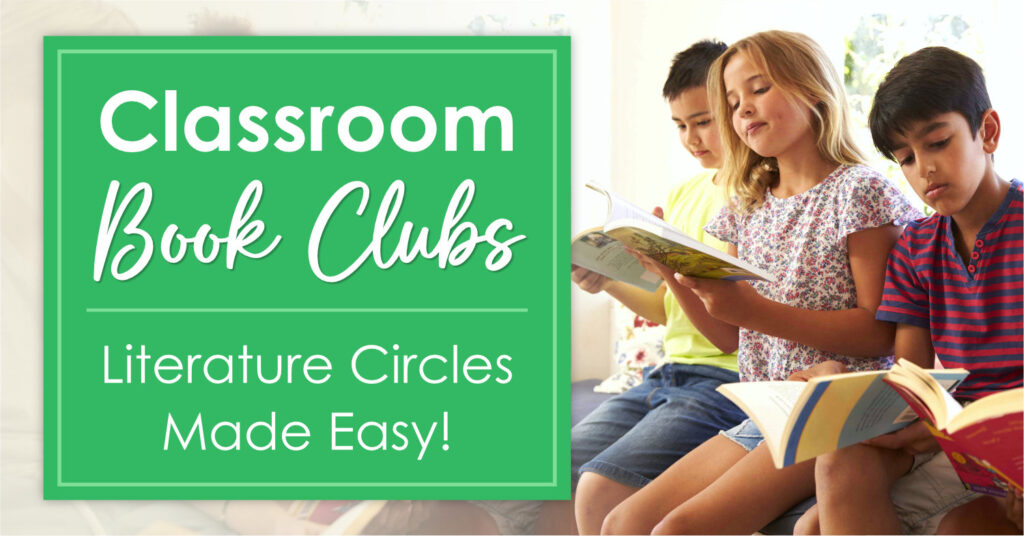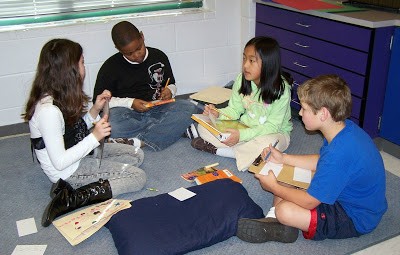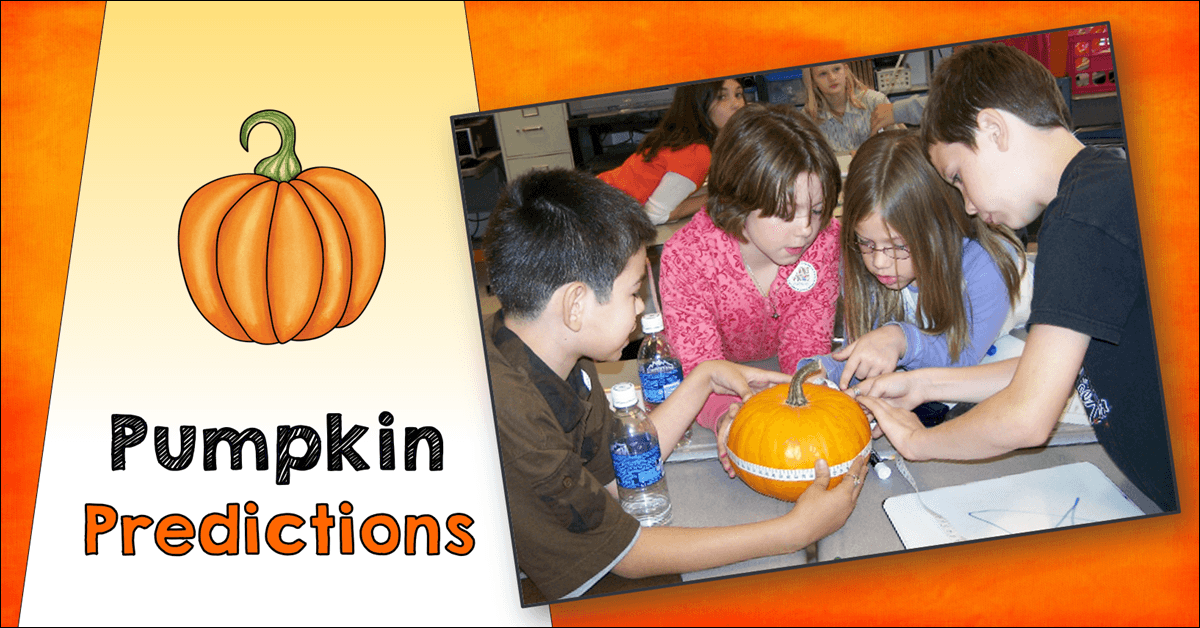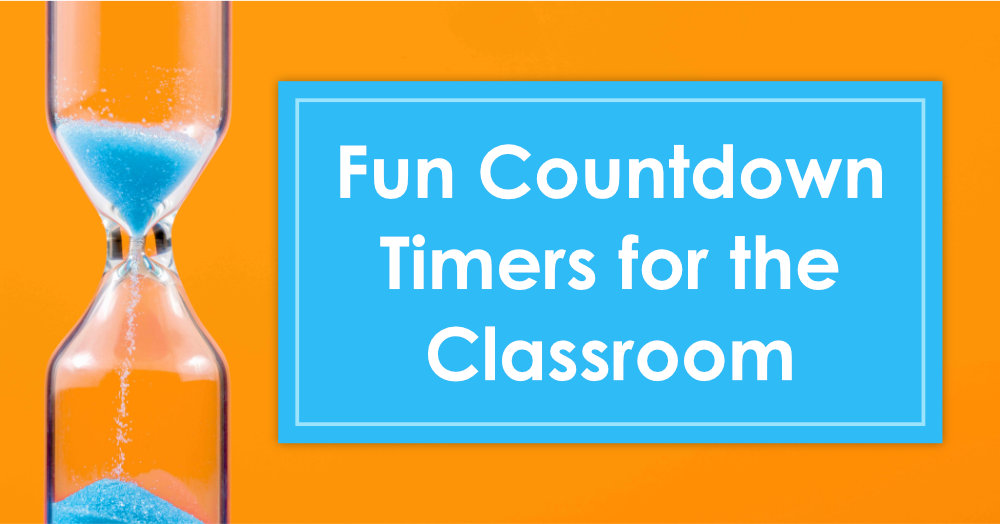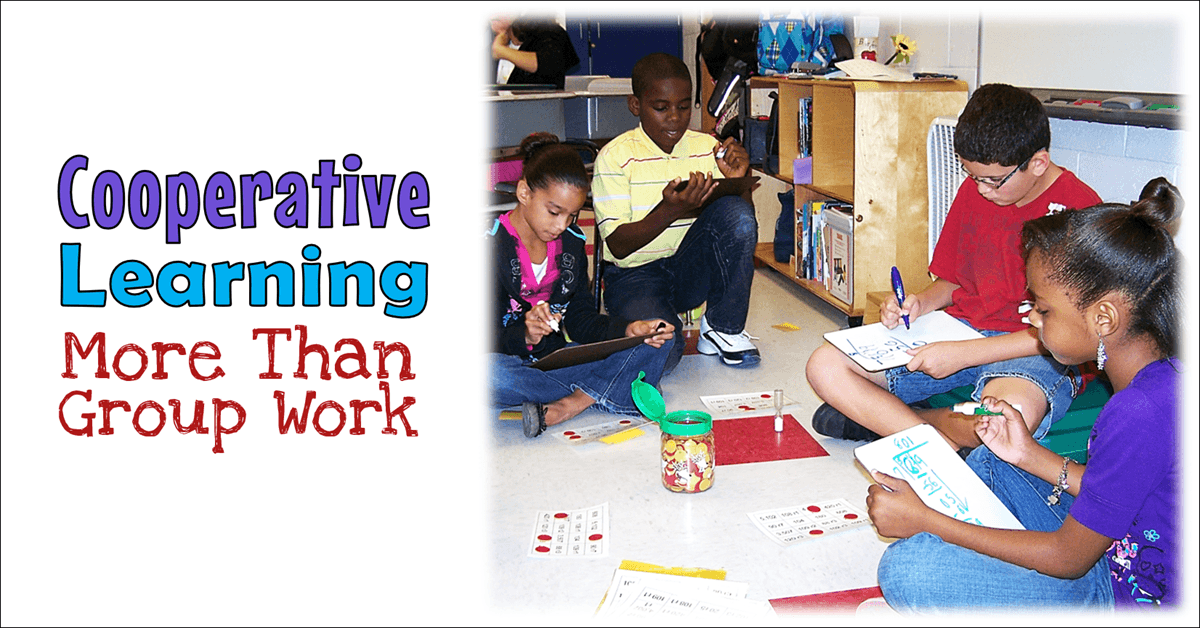Have you considered implementing Literature Circles in your classroom, but you didn’t because you weren’t sure how to get started? Or maybe you did try Literature Circles, but you stopped after becoming frustrated and overwhelmed with what was required.
If you can relate, stick with me to learn about Classroom Book Clubs, a form of Literature Circles that’s easy to implement, fun for your students and highly effective.
If you’re not familiar with Literature Circles, the basic concept is that groups of students read the same book and meet regularly to discuss their thoughts and feelings about it. There’s no doubt that kids love being able to choose books that interest them, and they love having time to talk about the books with their peers.
But there is a catch. As I discovered, some literature circle methods are overly complicated and require a heavy load of written assignments which can have unintended negative consequences. I found this to be especially true of methods where students are assigned roles like Discussion Director, Story Mapper, or Summarizer.
I feel comfortable sharing this insight because I made a lot of mistakes when I first implemented Literature Circles. I was so concerned about making sure all students participated equally that I implemented a highly-structured system that included a heavy load of written assignments.
But the system backfired within a few weeks. Instead of ensuring that everyone was prepared for the weekly meetings, it resulted in a high rate of failure. The work load was so heavy that many of my students gave up when they were unable to complete the required assignments.
This format was demanding on me, too, because it required enormous amounts of time to plan for the meetings and grade the assignments.
The last straw was when I overheard several students complaining about Literature Circles. I realized I wasn’t the only one feeling overwhelmed, and I knew I had to find another way.
From Literature Circles to Classroom Book Clubs
I started tinkering with the basic elements of Literature Circles until I developed a method that was less structured, more fun for the kids, less work for me, and still highly effective. I stopped assigning roles and reduced the heavy load of written work students had to complete to prepare for each meeting. I replaced those assignments with meeting preparation activities that were more engaging, more meaningful, and less demanding.
After implementing this method successfully in my own classroom, I started sharing the strategies with other teachers. They loved the program, too, and so I developed additional resources to make it easier for busy teachers to implement. I began referring to this new system as Classroom Book Clubs to highlight the fact that it’s different from more traditional, highly-structured forms of Literature Circles.
If you’re interested in learning more about Classroom Book Clubs, watch the short video below to find out what’s involved and how to get started.
Classroom Book Clubs Unlock a Love of Reading!
One of my biggest challenges as a teacher was motivating my students to enjoy reading. So I was thrilled when Classroom Book Clubs turned out to be one of the keys that unlocked a love of reading that lasted all year long!
Whether you’ve been frustrated with Literature Circles in the past or just didn’t know how to get started, I hope you’ll give the Classroom Book Clubs system a chance. You’ll have the program up and running in your classroom before you know it!

